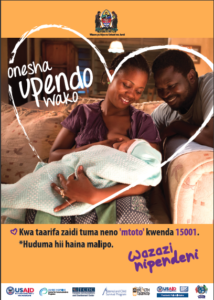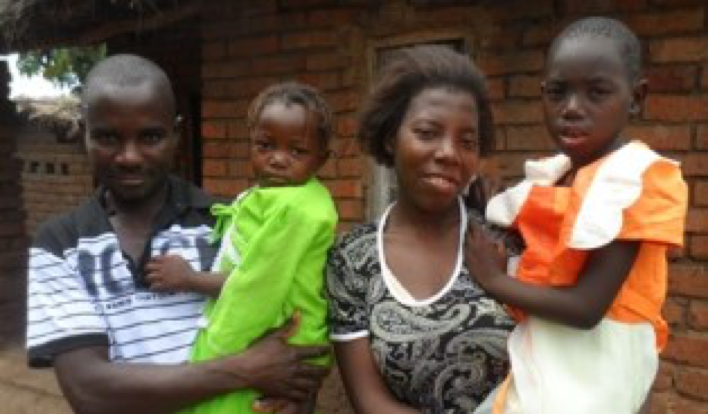Creation
From Strategy to Creative Concepts and Materials
Once you have achieved consensus on the SBCC strategy, your project will develop and test creative concepts, then turn these concepts into executions (i.e., samples) to test with your target audience. While this process is similar to that for vertical programs, certain aspects require particular emphasis or nuance in integrated programming. This section will focus on those aspects.
Developing Creative Concepts
A creative concept is an overarching “big idea” or unifying theme that can be used across all campaign messages, calls to action, communication channels and audiences. Developing and testing creative concepts is particularly important for integrated SBCC campaigns that need to ensure the entire campaign is coherent across multiple topics, and resonates with all audiences. In integrated SBCC programs, it is usually a good idea to create an overarching, umbrella brand that encompasses multiple health topics. This helps unify SBCC efforts under a single brand, link issues in the minds of the audience, draw attention to lesser-known issues and act as a force for cohesiveness in messaging and other aspects of SBCC. The Ghana GoodLife program exemplifies the umbrella brand.
Take the following into consideration when developing creative concepts for an integrated SBCC program:
Find more information on how to develop creative concepts here.
Testing Creative Concepts
Once you have developed several creative concepts for your integrated campaign, you need to test them with your audience. Your objective when concept testing for integrated SBCC initiatives is to determine which concept the audience understands and relates to most strongly. An emphasis of concept testing in an integrated program is to gain insight into how the audience views the links between the various topics and whether your concepts represent those linkages in a way the audience connects with. Follow this guidance:
- Starting with your first concept, test each concept by itself first, and then show sample executions of the concept that demonstrate how different topics would roll out under this umbrella. Repeat with the other concepts.
- In addition to questions about attention, comprehension, motivation, personal relevance and cultural appropriateness, dive deeper into questions that ask how the audience understands the link of the topics within the concept.
- After showing each concept individually, ask the audience to compare and rank them. Which do they prefer and why? Is the concept selected still in line with your strategy?
Find more information on how to test creative concepts here.
Developing SBCC Materials
After deciding on the creative concept, it is time to design and pre-test the actual integrated SBCC materials. Consider holding a materials review and adaptation workshop, using the materials acquired during your materials inventory as a starting point. Reviewing and updating, improving, re-branding or otherwise adjusting accurate, already approved materials helps save time during the approval process. To ensure they fit with your strategy and link with new topics, you may need to add elements from your creative concept, update some language or include a new tagline or slogan.
HC3 resources provide more information on how to develop and adapt SBCC materials. Some examples of integrated SBCC materials are provided in the Project Examples at the end of this section.
Pretesting SBCC Materials
To the extent possible, pretest methods should match the method(s) being used for message delivery. For example, if topics will be phased, the messages and materials for each topic can be pretested separately. But if the messages/materials for topics will be conveyed concurrently, they should be pretested together.
Pretesting can also inquire about the acceptability and feasibility of integrated communication. If possible, have providers pilot-test and give the program feedback on new tools and practices so they can be adjusted as needed before full program implementation. For example, in Liberia, the project tested the amount of time it would take for vaccinators to use an integrated family planning and immunization job aid with a client in a clinic setting. This was important in assessing the feasibility of introducing the new step in each of their client visits.
See the HC3 guide on how to conduct pretesting for more information.
Tip
When multiple donors – or even multiple projects under a single donor or multiple activity managers within a single donor on a single project – favor integration but want a lot of control of treatment of their issue, an umbrella branding strategy might be a good option.
Program Experience
(When you see a Program Experience, simply click on the photo to read insights from real integrated SBCC programs.)
Tip
Examples of Integrated SBCC Concepts:
Uganda: “How is life?”
Ghana: “What is your good life?”
Egypt: “Your health, your wealth.”
Malawi: “Life is precious.”
Tanzania: “Love me, parents.”
Jordan: “Our Health, Our Responsibility.”



